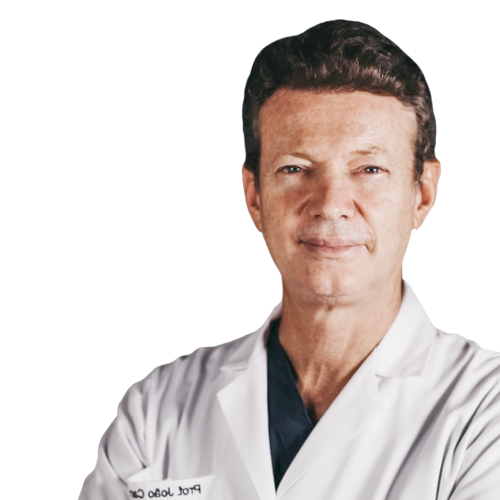1CE

1CE


This lecture reviews strategies for managing severely resorbed jaws in immediate loading implant rehabilitation. Learn advantages, limitations, and decision-making tools to optimize outcomes in complex edentulous cases.
The rehabilitation of edentulous jaws using immediate loading osseointegrated implants has proven to be a predictable and effective treatment over time. However, the management of severely resorbed maxillae and mandibles, where bone quantity and quality are significantly compromised, poses substantial challenges for implant placement and loading. To address these limitations, various techniques have been developed over the past two decades, yielding variable results yet enabling fully implant-supported rehabilitations with high long-term predictability.
The classification of clinical situations, ranging from simple to complex, guides the selection of appropriate strategies for each individual case to achieve optimal outcomes. Treatment planning and decision-making must carefully consider factors such as patient selection, implant distribution, the number and type of implants, rehabilitation design, soft tissue management, and the application of techniques like serial loading and extraction protocols, angulated implants, sinus augmentation, short implants, pterygoid and zygomatic implants, and augmentation approaches for lip support.
This lecture will explore the potential advantages and disadvantages of these techniques, providing insights to simplify the decision-making process and emphasizing the critical role of comprehensive planning in the aesthetic rehabilitation of edentulous patients using immediate loading protocols.
